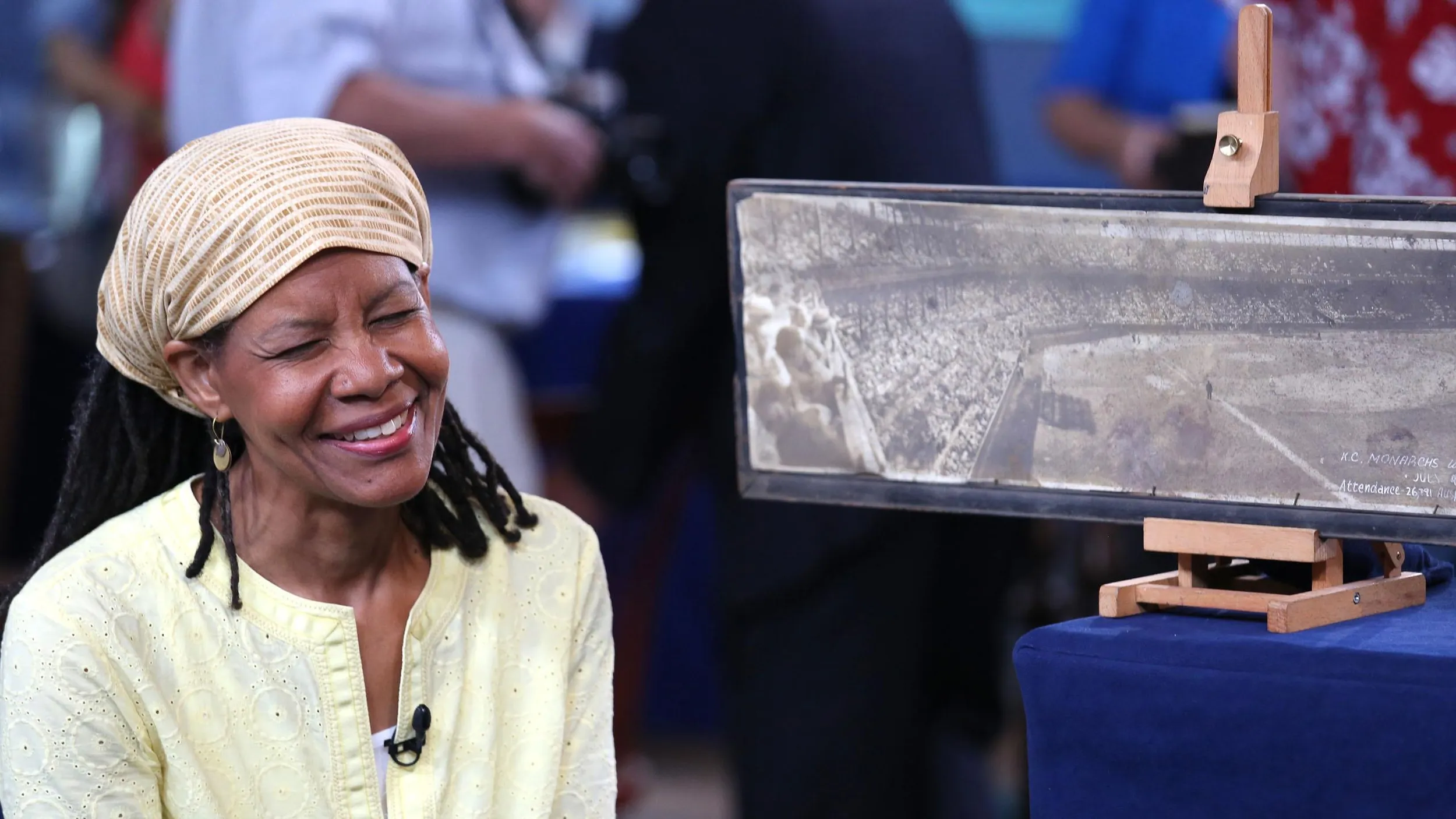GUEST: This is a piece that made it to me through my family. It was a gift to my grandma from a wealthy donor who worked where she worked. There were originally, like, flowers in the canoe or basket-type thing, and I think that was the gift, but they said, "Make sure you keep the vase, too." And so she was always curious about it, and then when it came down to me, I was very curious about it, as well. We saw, like, the name on it and thought that it might have a neat history.
APPRAISER: And so your grandmother received this as a gift? What kind of work did she do?
GUEST: She worked at St. Louis Abbey, which was founded by Benedictine monks. The woman who donated this piece was just very thankful to her, and so, was just giving this to her as a gift, yeah.
APPRAISER: We know the artist. It's signed over here. So it's François-Raoul Larche.
GUEST: Okay.
APPRAISER: He was a French sculptor working in Paris, and his dates were 1860 to 1912. So he sort of bridged the, sort of, Art Nouveau movement. And very much, the style of this has that look. So we've got these two young girls with a fisherman's basket. On the left, it has a "Siot," which is the foundry. So it's marked by the foundry who did the casting. And there are some marks, actually, on the bottom.
GUEST: Yeah. Can you tell me about those?
APPRAISER: Yeah, so again, we've got the foundry marks and then probably, again, like, a model number. Got this nice gold patina on it. Larche, he's known more for... I don't know if you've ever seen, there was a turn-of-the-century Art Nouveau dancer, American dancer, Loie Fuller. One of his most famous works is a lamp or a large sculpture that has this dancer with this wonderfully flowing, billowing dress around her.
GUEST: Oh cool.
APPRAISER: That's kind of his best-known piece, but he also made a lot of other sculptures, both for large public places and also for smaller, more domestic scenes of these really charming tabletop pieces.
GUEST: Yeah.
APPRAISER: It was made out of bronze, cast in Paris in the early part of the 20th century.
GUEST: Is, like, it in good condition right now, or...?
APPRAISER: Pretty good. So the patina, it's had some wear. We like to see things that have signs of age. When you see something that is too, too bright and shiny...
GUEST: (laughs) Suspicious.
APPRAISER: Yeah, it is an artist whose works are reproduced. It's always good to look for indicators that something is what it says it is. And as far as value goes, I'd say, in today's auction market, between $2,500 and $3,500.
GUEST: How remarkable. That's wonderful, wonderful to know!



